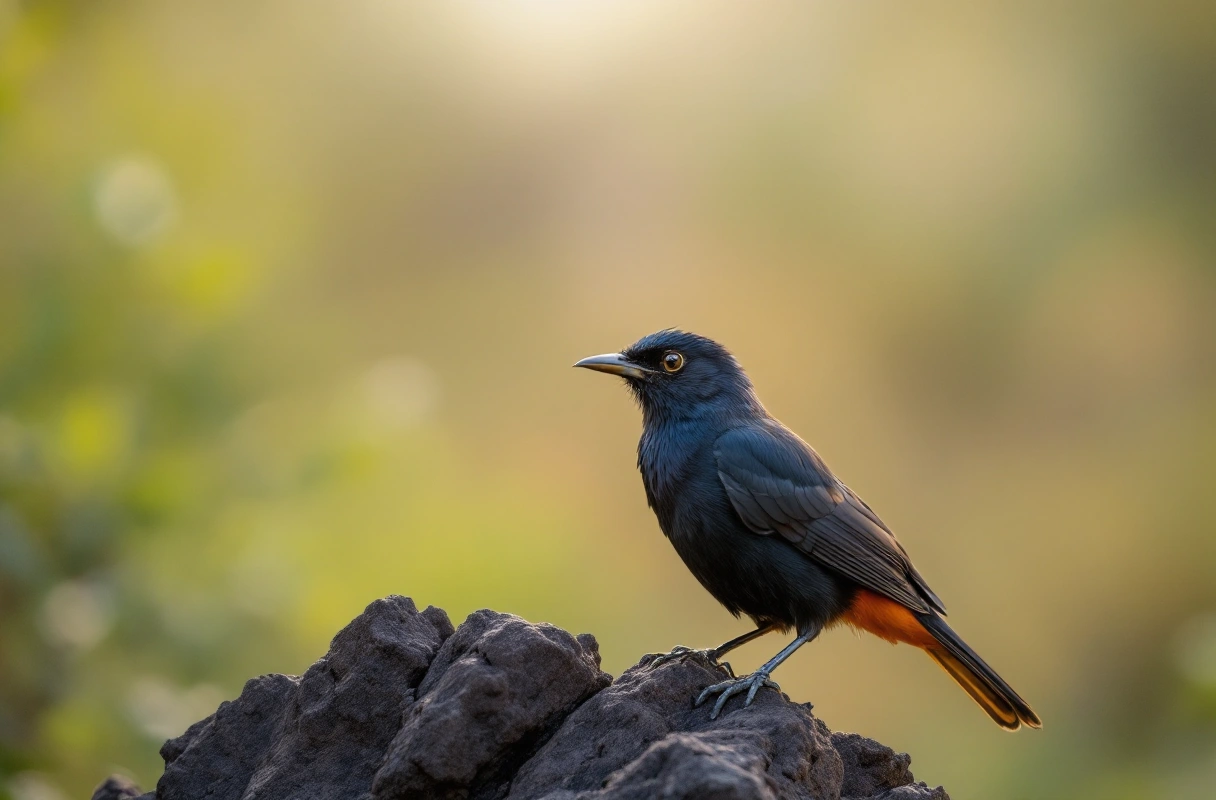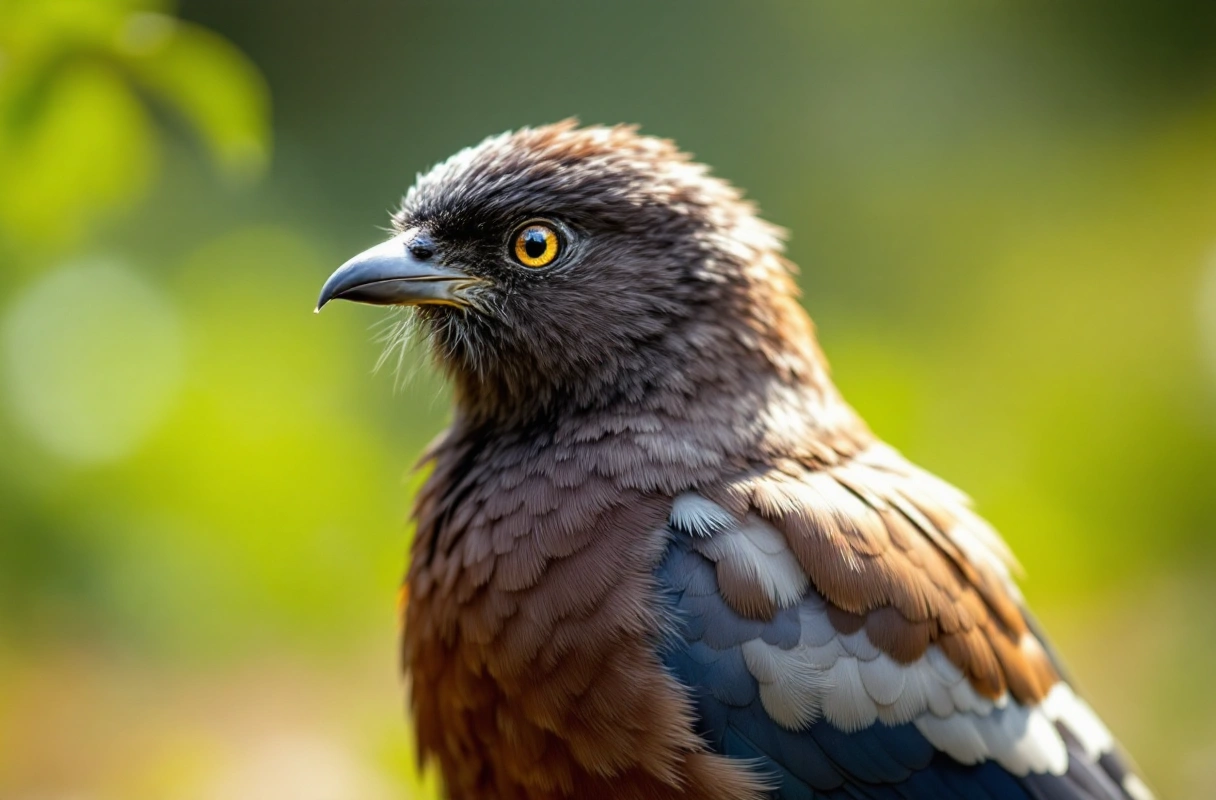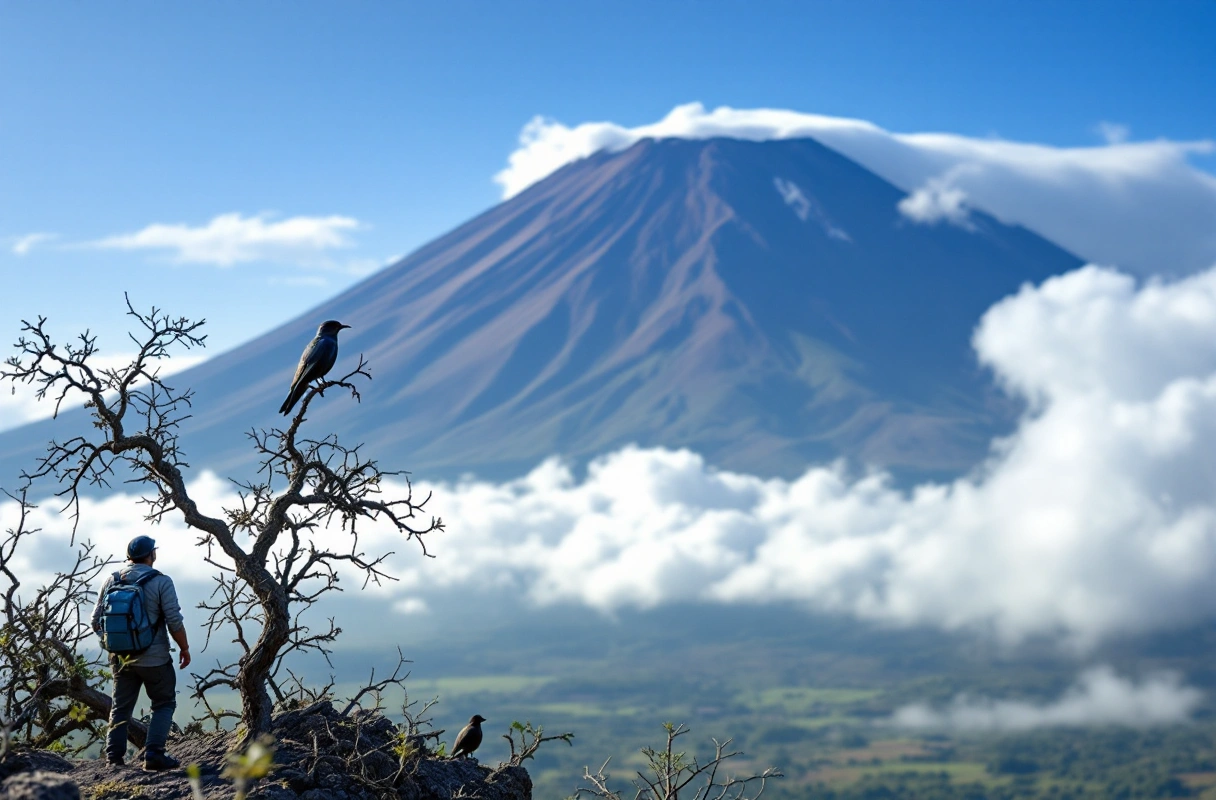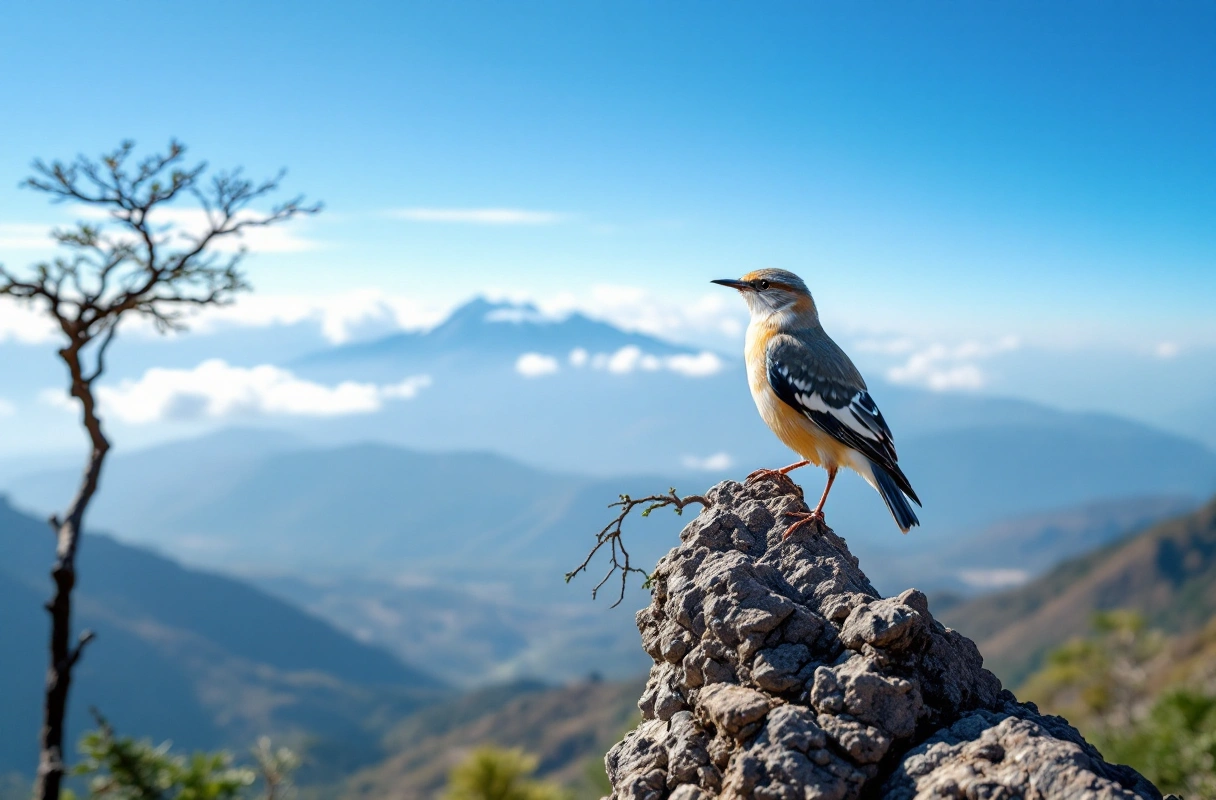

Kilimanjaro, the majestic mountain standing proudly in Tanzania, is not only famous for its breathtaking views and challenging hikes but also for its rich avian diversity. Birdwatching in Tanzania, particularly around Kilimanjaro, offers enthusiasts an unparalleled opportunity to observe a wide range of birds in their natural habitats. This article delves into the top birds to spot on a Kilimanjaro wildlife tour, providing a comprehensive guide for both novice and seasoned birdwatchers.
Whether you are trekking through lush rainforests, open savannahs, or alpine meadows, Kilimanjaro boasts an impressive array of bird species. From vibrant sunbirds to the elusive mountain buzzard, the region is a birdwatcher's paradise. This guide will highlight key bird species, their habitats, and tips for an enriching birdwatching experience.

Kilimanjaro's varied ecosystems contribute significantly to its bird diversity. The mountain's ecosystems range from tropical rainforest at lower altitudes to alpine desert conditions at higher elevations. Each zone supports distinct bird species adapted to the specific environmental conditions.
These unique habitats create opportunities for birdwatchers to encounter species that might be difficult to find elsewhere.
Birdwatching in Tanzania is also influenced by seasonal migration patterns. Many birds migrate to Kilimanjaro during specific times of the year, providing visitors with the chance to see migratory species alongside the resident birds.
Understanding these patterns can enhance your birdwatching experience, as you’ll know when to expect certain species.

Kilimanjaro is home to a variety of captivating birds, many of which are endemic or unique to the region. Here are some of the top birds you should look for during your wildlife tour:
The African Green Pigeon is a striking bird known for its vibrant green plumage and yellow underparts. These birds are often found in the lower forest zones, feeding on fruits and berries. Their gentle cooing can often be heard echoing through the trees, making them a delightful find for birdwatchers.
This small, iridescent bird is famous for its dazzling colors, especially the males, which display a brilliant blue and green plumage. Blue Monard's Sunbirds are usually spotted flitting among flowers in search of nectar, making them a favorite among photographers.
Endemic to the region, the Kilimanjaro White-eye is a small bird with a distinctive ring of white around its eye. Typically found in the heath and moorland zones, these birds are social and often seen in small flocks, making them easier to spot.
The Mountain Buzzard is a large raptor that can be observed soaring over the alpine zones. With its broad wings and keen eyesight, it preys on small mammals and birds. Spotting this majestic bird can be a highlight for many birdwatchers.
The Alpine Chat is another remarkable species that thrives in the high-altitude regions of Kilimanjaro. Its unique call and striking plumage make it a sought-after sight for birdwatchers. Observing this bird often requires patience, as they prefer rocky outcrops and can be skittish.
Birdwatching can be an incredibly rewarding experience, especially in a biodiverse area like Kilimanjaro. For beginners, the following tips will help ensure a successful and enjoyable birdwatching adventure.
To make the most of your birdwatching experience, it is crucial to have the right gear. Here are some essentials you should consider:
To respect wildlife and enhance your birdwatching experience, consider the following best practices:
Connecting with local birdwatching communities or guides can enrich your experience. They often have insider knowledge about the best spots and times for birdwatching, as well as the behaviors of specific species. Participating in guided tours can also enhance your understanding of the local ecosystem and its avian inhabitants.
While birdwatching can be a delightful experience, beginners often make some common mistakes. Here are a few to avoid:
Birdwatching often involves trekking through diverse terrains. Always prioritize safety by:
Respecting local wildlife guidelines is essential for preserving habitats. Always adhere to regulations regarding wildlife interaction and follow the Leave No Trace principles.
While rare birds can be exciting to spot, focusing solely on them can lead to missed opportunities. Take the time to appreciate common species, as they are often just as fascinating and provide insight into the ecosystem.
Birdwatching is not merely about spotting birds; it is an immersive experience that connects enthusiasts to nature. The thrill of discovering new species and understanding their behaviors fosters a deeper appreciation for biodiversity. The Banana Slug Club encourages individuals of all ages to explore the wonders of the natural world, including the vibrant avian life found on Kilimanjaro.
For nature enthusiasts, students, and kids eager to learn more about the world, science, plants, and animals, the Banana Slug Club offers resources, activities, and community engagement opportunities. By participating, you can further your knowledge about birds and their habitats while fostering a sense of stewardship for the environment.
Birdwatching on Kilimanjaro presents an exciting opportunity to connect with nature and observe the incredible diversity of birds. To enhance your experience and learn more about the fascinating world of birds, consider visiting our website for resources and opportunities to engage with nature. Contact us for more information on how you can join the Banana Slug Club and immerse yourself in the wonders of the natural world.
In conclusion, Kilimanjaro stands as a testament to the beauty of nature and the rich diversity of birds that inhabit it. With the right knowledge and preparation, your birdwatching adventure can be both fulfilling and educational. Embrace the journey and discover the captivating world of birds on Kilimanjaro.
Get free resources, early access to new features and updates.
No spam. Just fun educational emails!